Tread Softly: New exhibition at Yorkshire Sculpture Park explores childhood and defining moments
Tread Softly is a new exhibition at Yorkshire Sculpture Park, exploring childhood, developing identity and family relationships, through artists revisiting and reassessing defining moments and people in their lives.
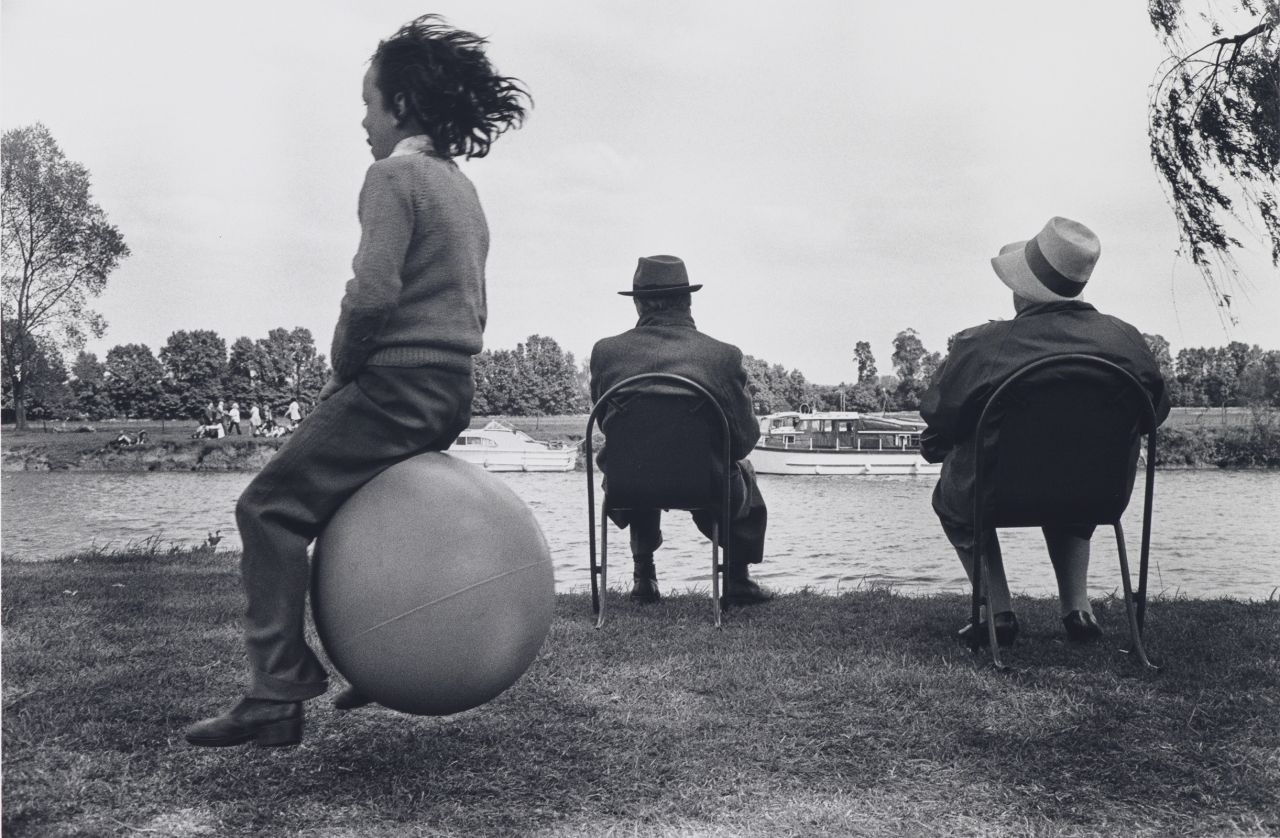
John Benton-Harris Maidenhead, Berkshire July 1975, 1975 Arts Council Collection, Southbank Centre, London © the artist
Featuring over 30 works of sculpture, film, photography, and sound within the historic Bothy Gallery, there will also be specially commissioned poems by acclaimed poet and Scottish Makar, Jackie Kay.
Early experiences in life leave indelible marks on our evolving characters. Childhood and early adulthood are seldom entirely comfortable or idyllic, and this exhibition illustrates some of the complexities and trials of finding our place in the world. Tread Softly seeks to make visible events and feelings that can often be swept under the domestic carpet.
Encapsulating this idea is Jo Spence’s iconic work Beyond the Family Album (1979), a candid exploration of how we portray ourselves to the outside world as opposed to our daily realities, with families "encouraged only to photograph their leisure, their consumption or their ownership, and to show the 'harmony' of their lives", rather than their failures, heartbreaks, or insecurities.
The exhibition begins with a selection of black and white documentary photographs, largely from the 1970s. These images capture a broad spectrum of complex family life and reflect the varied experiences of young people, taking in everything from joyful play on a spacehopper to compelling scenes within a women’s refuge. Tish Murtha’s striking image from Youth Unemployment in the West End of Newcastle (1980–81) depicts children playing and making their own fun against the bleak background of an abandoned housing estate. Murtha’s brother, who was in the original photograph, looked back on that day, saying, "I’m going on 54, and I’d still love to jump out of a window onto some mattresses".
Marketa Luskacova’s photographs were taken in Chiswick Women’s Aid, the first ever refuge for victims of domestic abuse and their families, or 'battered women' as they were then labelled. Her work captured women and their children rebuilding their lives within this pioneering safe house.
Vanley Burke’s Educational Outing is from his famed Handsworth From Inside series (1968–1982) in which he documented the lives of the Black community in Birmingham. Burke photographed a range of events from very public anti-racism marches and the fall-out from riots, to more private moments such as weddings, graduations and school day trips.
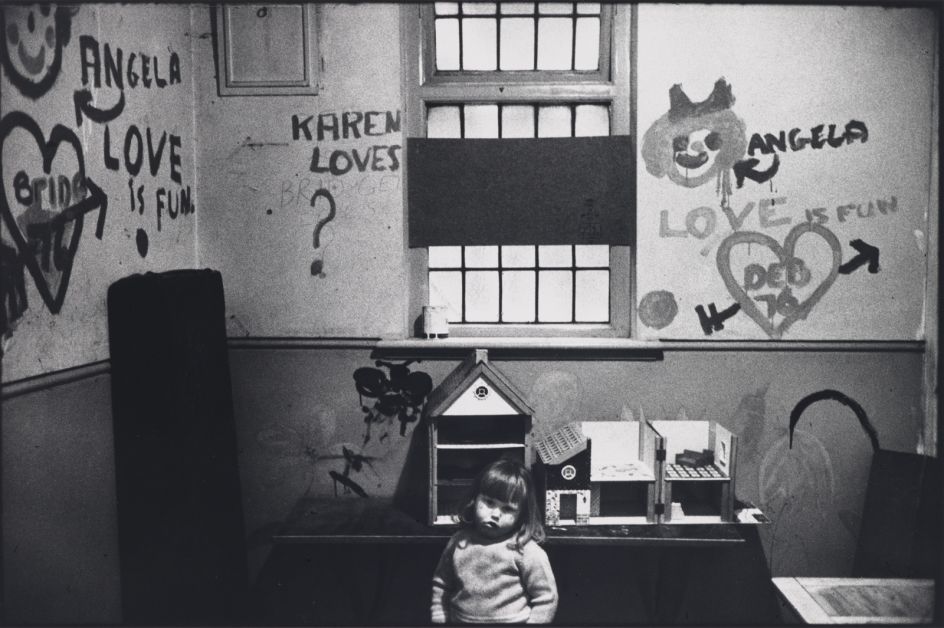
Marketa Luskacova Child in Chiswick Womens Aid, London, 1976, 1976 Arts Council Collection, Southbank Centre, London © MARKETA LUSKACOVA
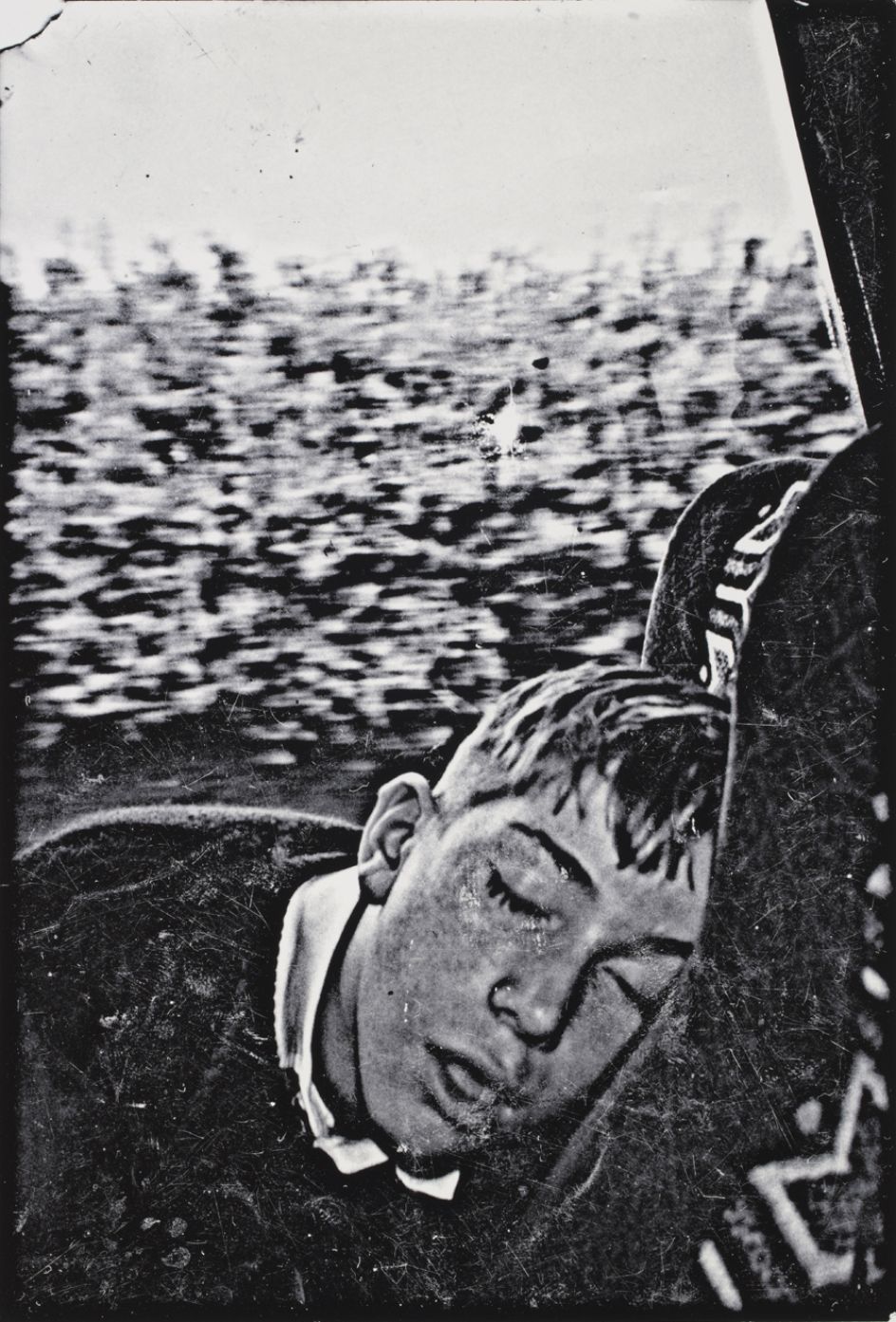
Bedwyr Williams Hippo Campus, 2010 Arts Council Collection, Southbank Centre, London © the artist
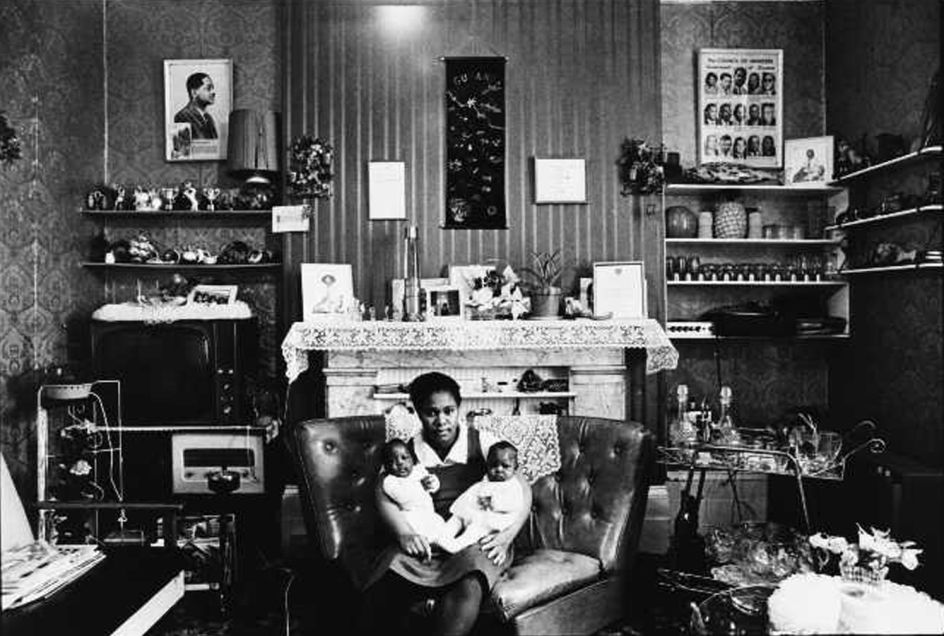
Edward Barber One Parent Family, N London 1976, 1976 Arts Council Collection, Southbank Centre, London © Polytechnic of Central London
Powerful works by Tracey Emin and Grayson Perry consider escape, salvation and the transformative possibilities of turning difficult experiences around. In a poignant reflection on a well-documented abusive childhood at the hands of his stepfather, Perry’s ceramic work Mad Kid’s Bedroom Wall Pot (1996) states, "I was a mad kid and now I ain’t. I got out ‘cos I could paint". The Turner Prize-winning artist’s already troubled early life became more complicated when he realised he was a transvestite. Feeling out of place, Perry would often retreat to the garden shed and engage in a projected fantasy world with his teddy bear, Alan Measles. Perry continues to revisit these experiences through his art, and says, "It was imperative that I got into a proper art college after the foundation year because art was my ticket out of Essex – the pot Mad Kid’s Bedroom Wall is about escaping my roots through art".
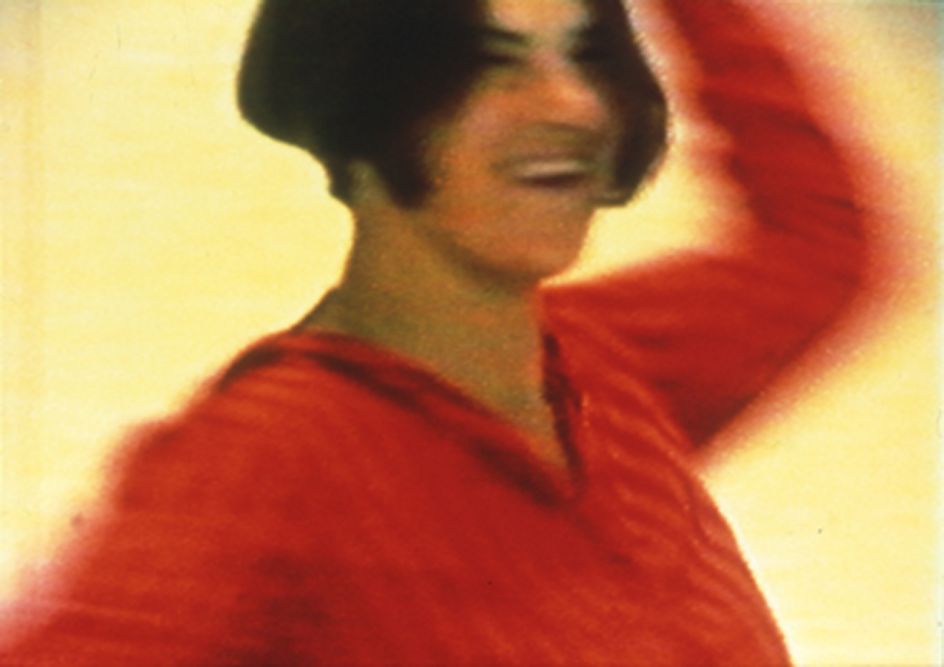
Tracey Emin Why I never became a dancer, 1995 Arts Council Collection, Southbank Centre, London © the artist
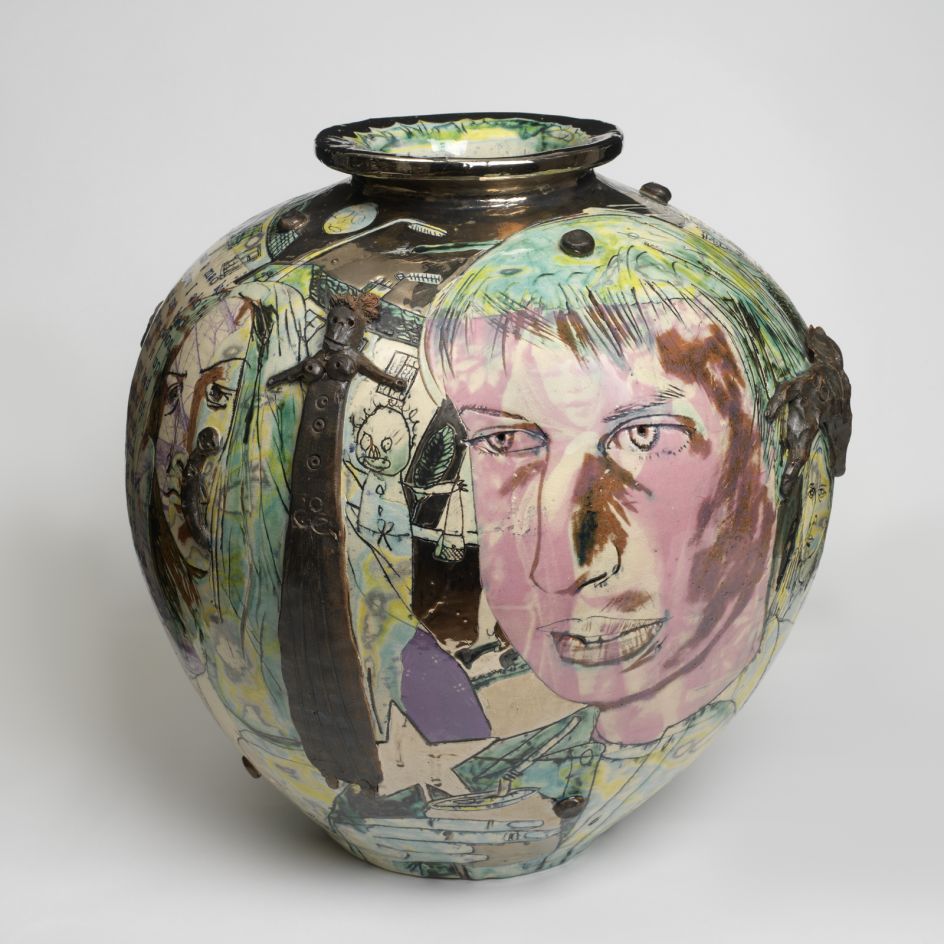
Grayson Perry Mad Kid's Bedroom Wall Pot, 1996 Crafts Council Collection, P442 Photo Todd-White Art Photography
Emin’s confessional first film Why I never became a dancer (1995) tells the story of the artist’s teenage years in 1970s Margate, where she used sex in a bid to find freedom and fight boredom after leaving school at 13. Soon disillusioned with these physical encounters, she looked to a disco dancing competition as a means of escape. Grainy Super 8 footage of her seaside hometown rolls as Emin narrates this important work, which she describes as "a metaphor for why didn’t I do everything I ever wanted to do in my life". As in many works in this exhibition, this conveys the rawness of youthful dreams pitted against the often-painful entry into the adult world.
Tread Softly also features new commission Shame Chorus (2017) by Jordan McKenzie, a work originally conceived as a live performance that explores memory, sexuality, community and catharsis though collective action and singing. Renowned psychoanalyst Dr Susie Orbach conducted interviews with members of the London Gay Men’s Choir, exploring early, formative experiences of shame and coming out. Giving voice to often internalised feelings, their stories were then set to music by leading musicians and composers, such as Billy Bragg, Leo Chadburn and Jack White.
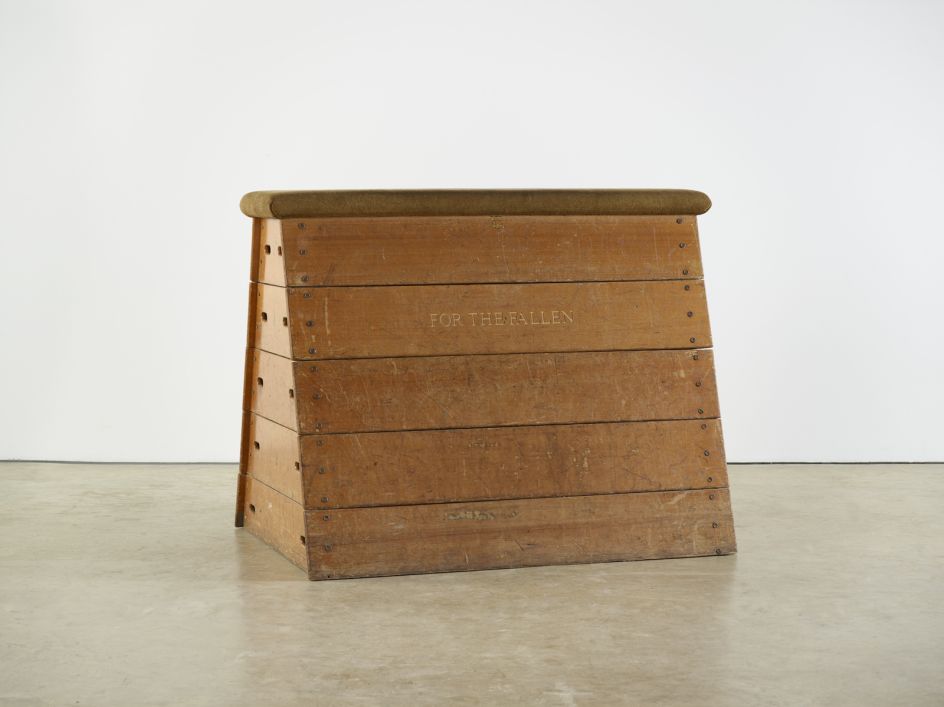
Marion Coutts For the Fallen, 2001 Arts Council Collection, Southbank Centre, London © the artist
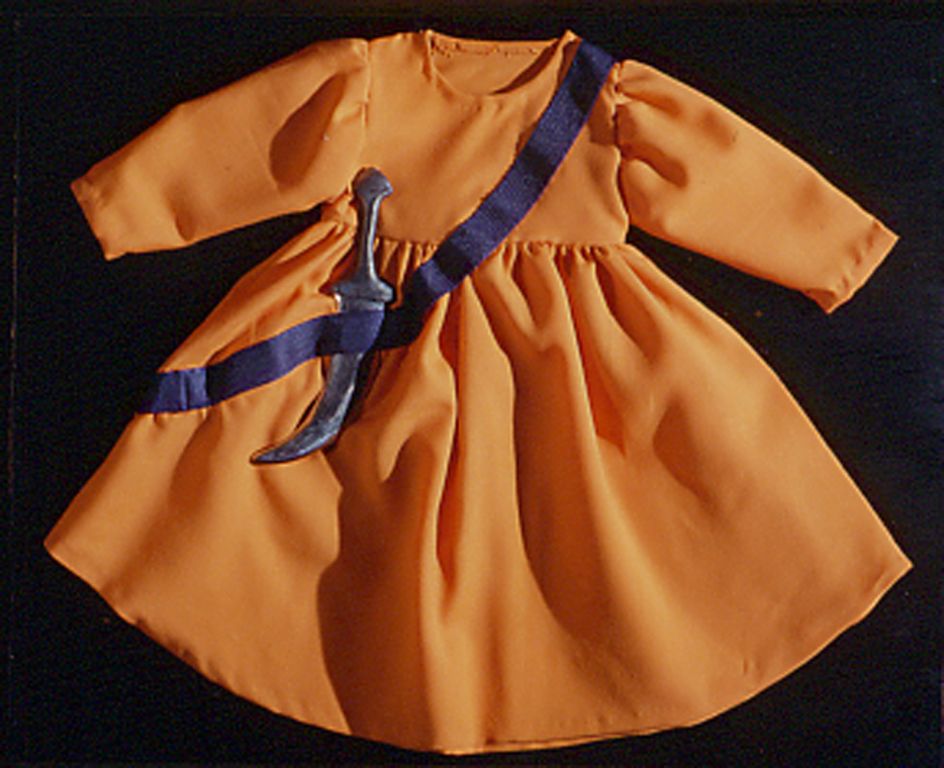
Parminder Kaur Innocence, 1993 Arts Council Collection, Southbank Centre, London © the artist
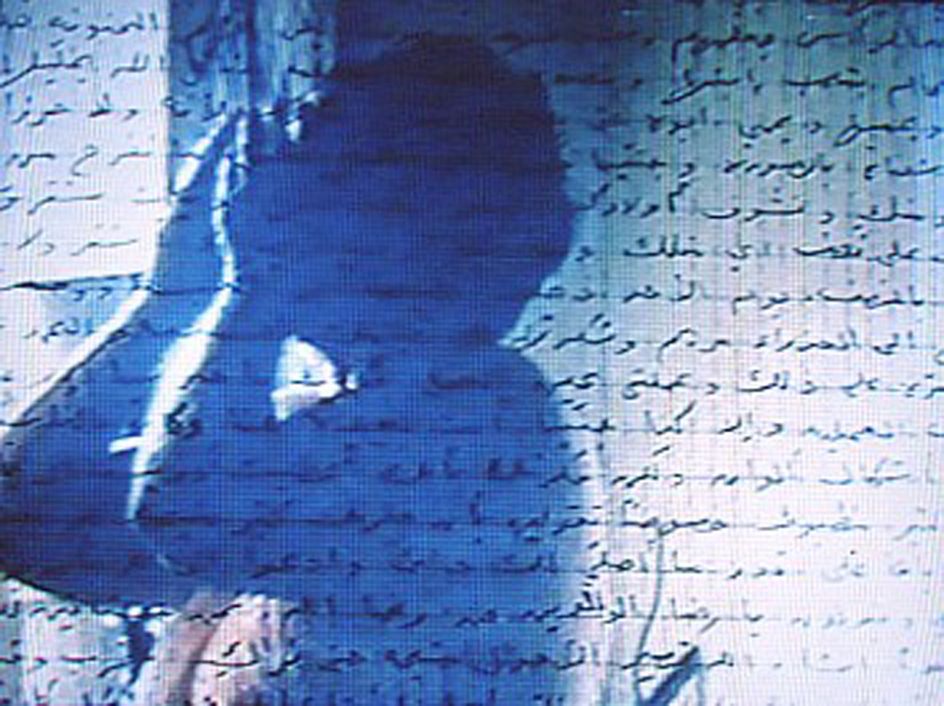
Mona Hatoum Measures of Distance, 1988 Arts Council Collection, Southbank Centre, London © the artist
Paired together in the final room of the exhibition are two profound and iconic works that scrutinise the intensely personal bond between mother and child. Mary Kelly’s Post-Partum Document: Documentation VI Pre-writing Alphabet, Exergue and Diary (1978–79) is part of her renowned six-year-long exploration of her relationship with her young son, with his developing writing shown alongside her unspoken internal anxieties and deliberations. Mona Hatoum’s Measures of Distance (1988) is a candid conversation with her mother conducted through letters sent while in exile; the two women look back over and reconsider aspects of their relationship, the emotional closeness belying the physical distance between them.
Tread Softly, with works selected largely from the Arts Council collection by YSP, as part of the National Partners Programme, will begin on 27 May and run until 3 September.
](https://www.creativeboom.com/upload/articles/c0/c0f4833513a758427120283374013d6da0e2b37d_732.png)















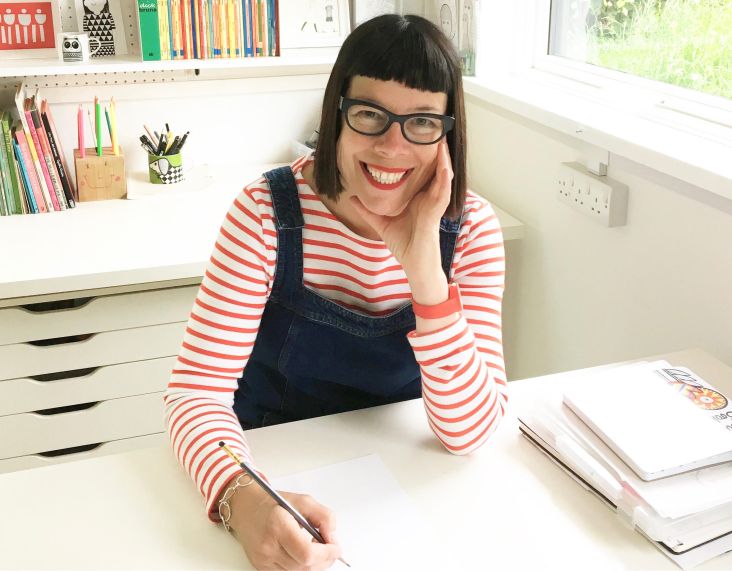

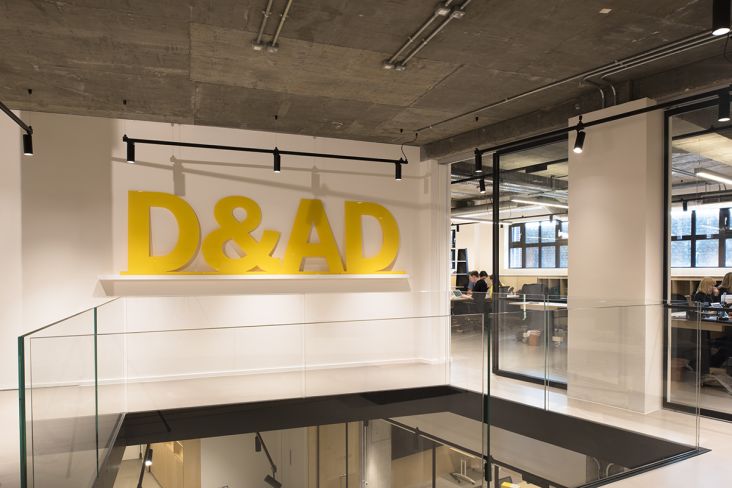
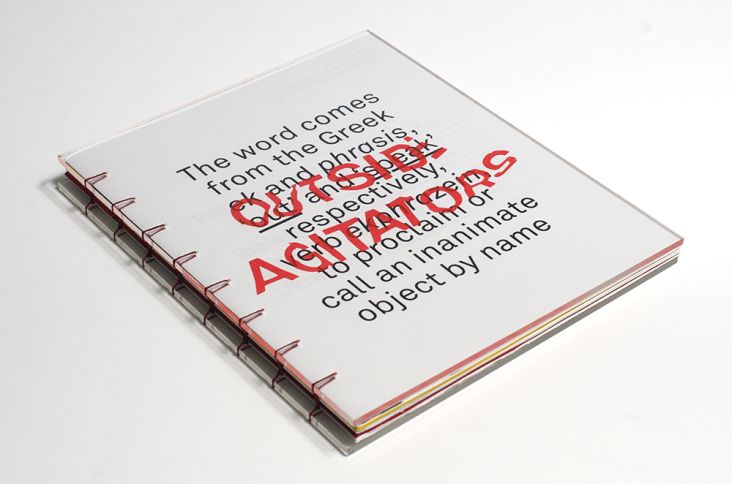
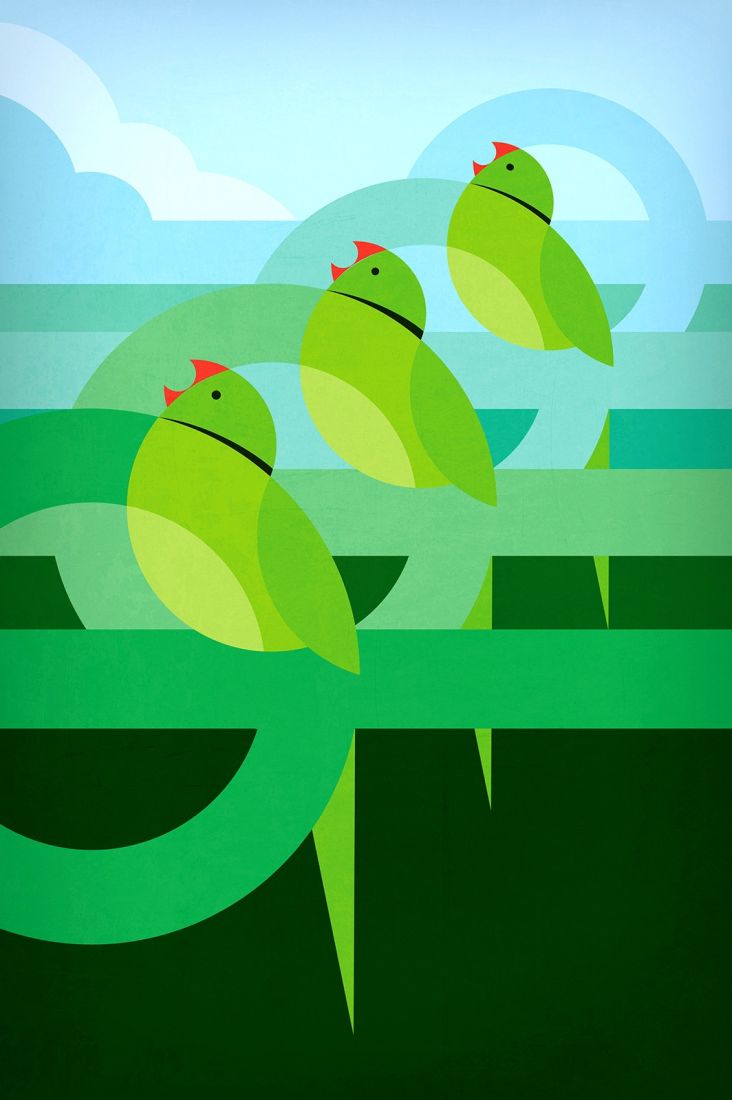
, unless otherwise stated](https://www.creativeboom.com/upload/articles/fb/fb3c9edcee1c0adb3bf662ef7e3fc0d0f60023f8_732.jpeg)

